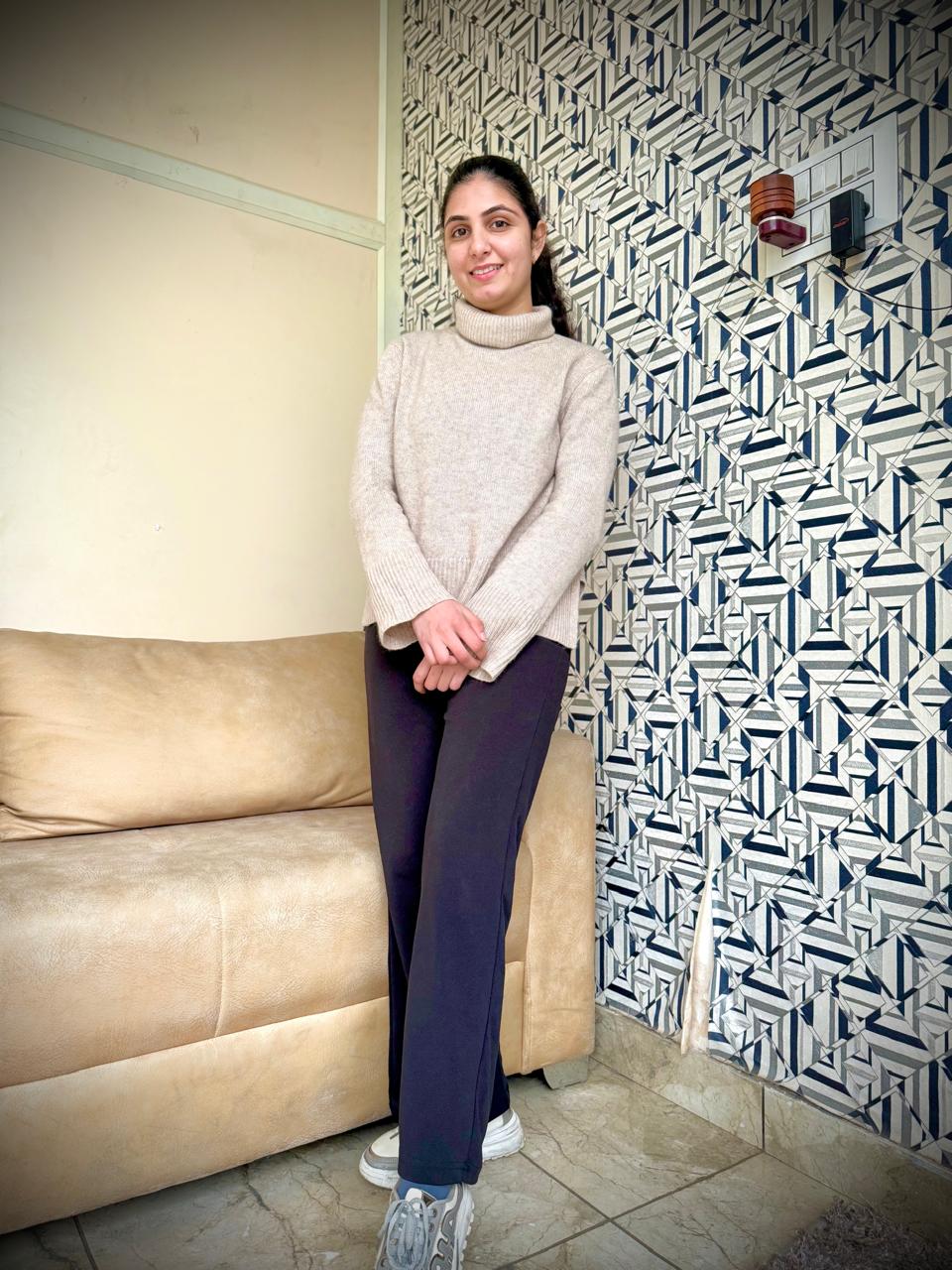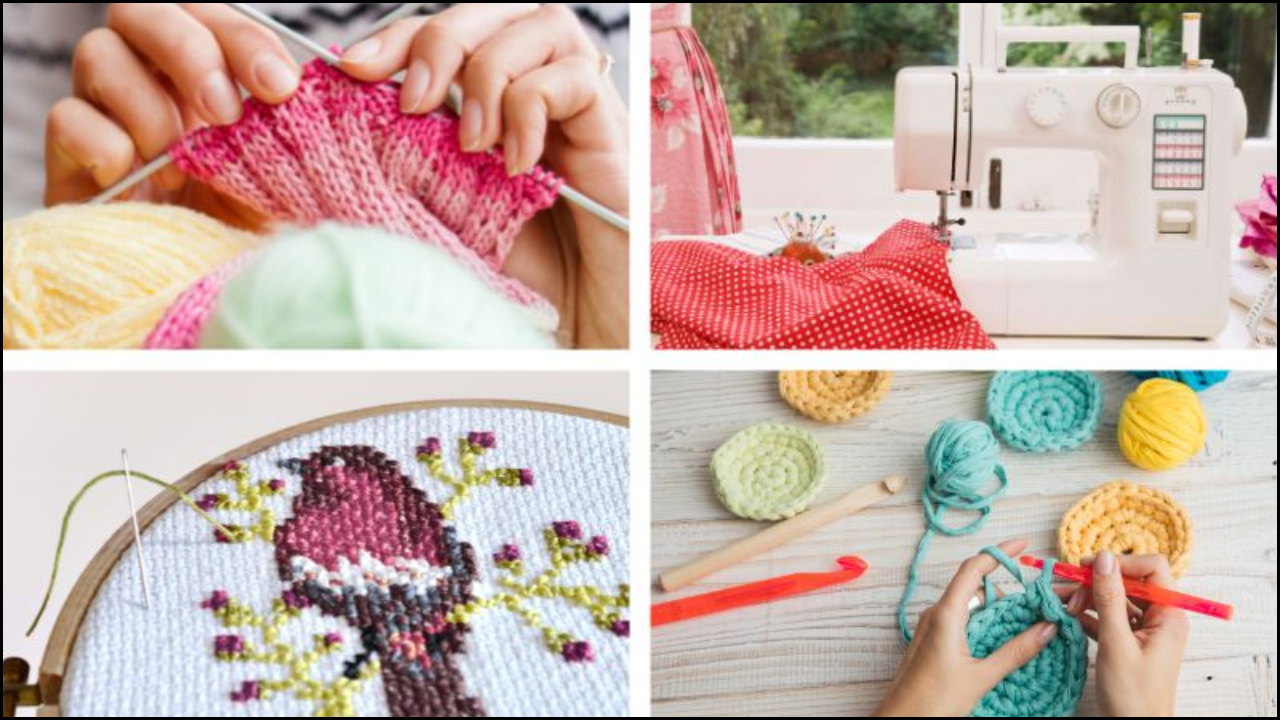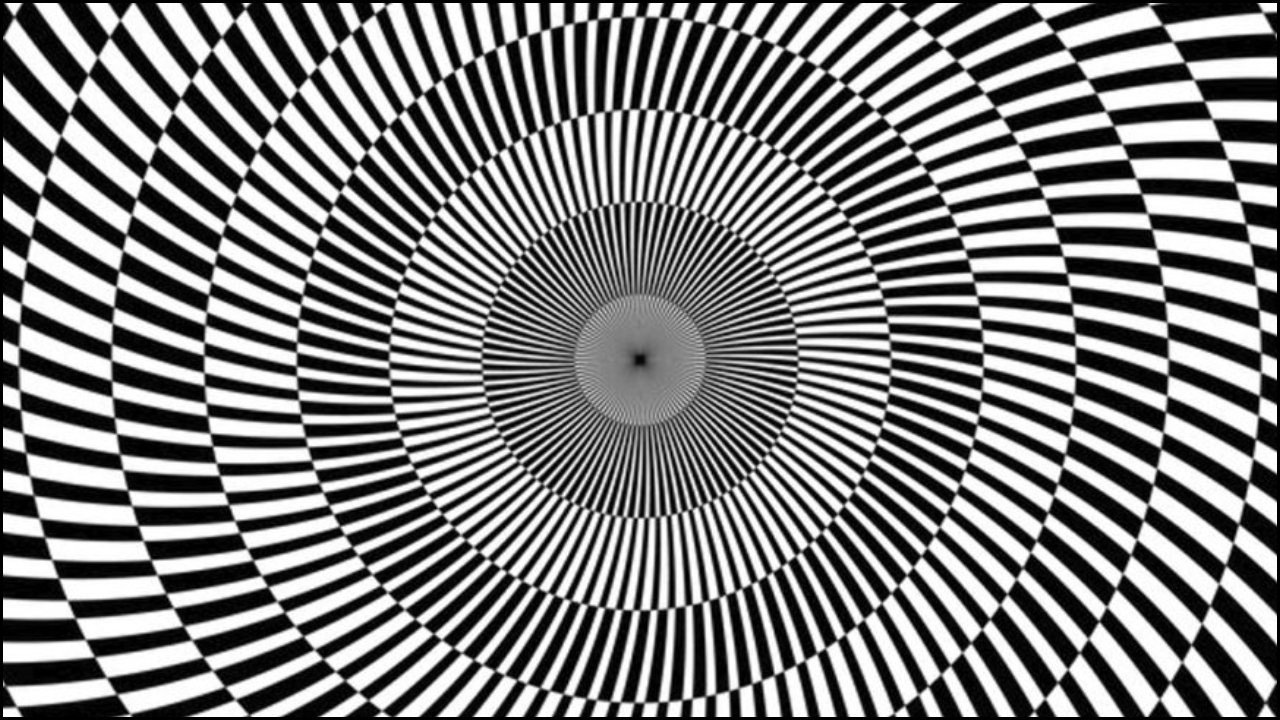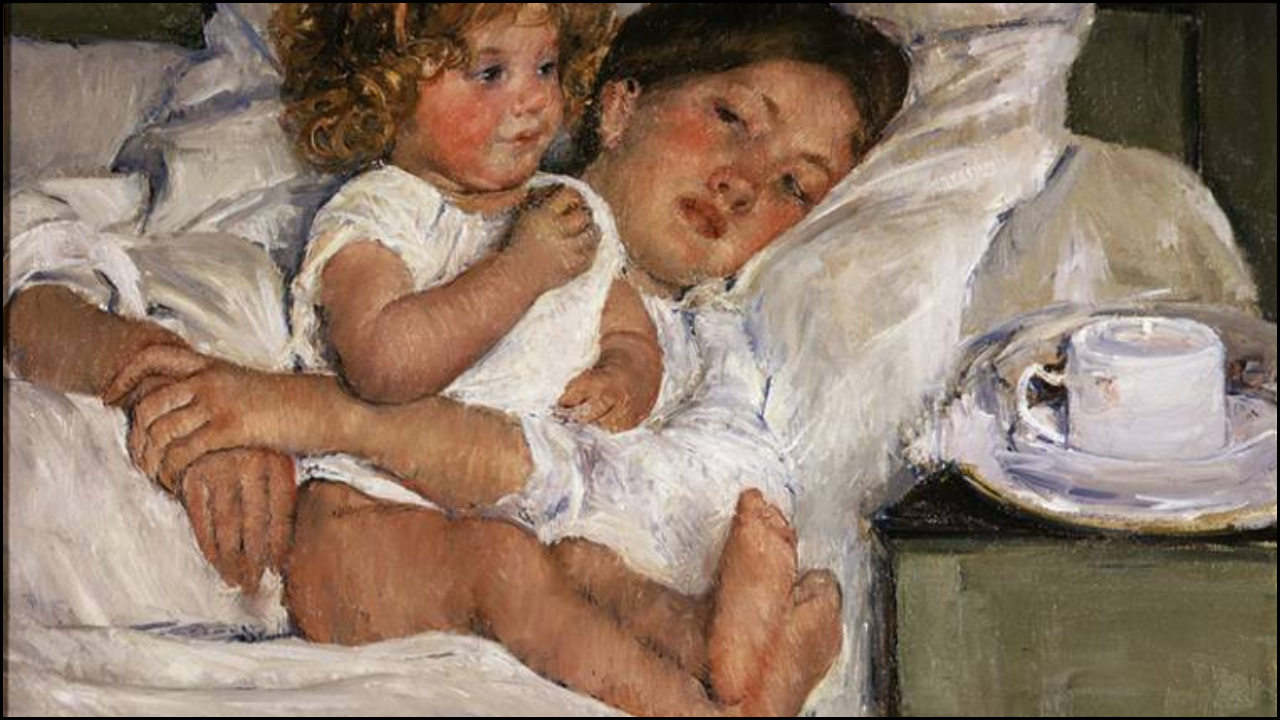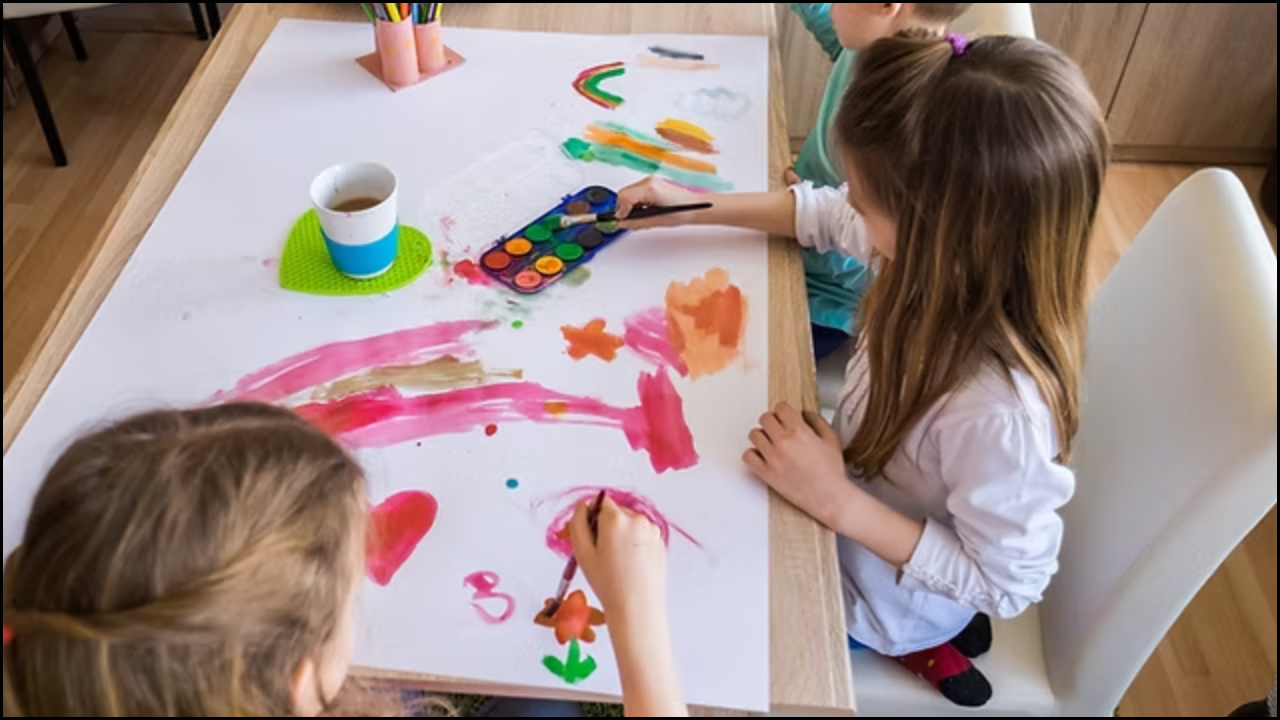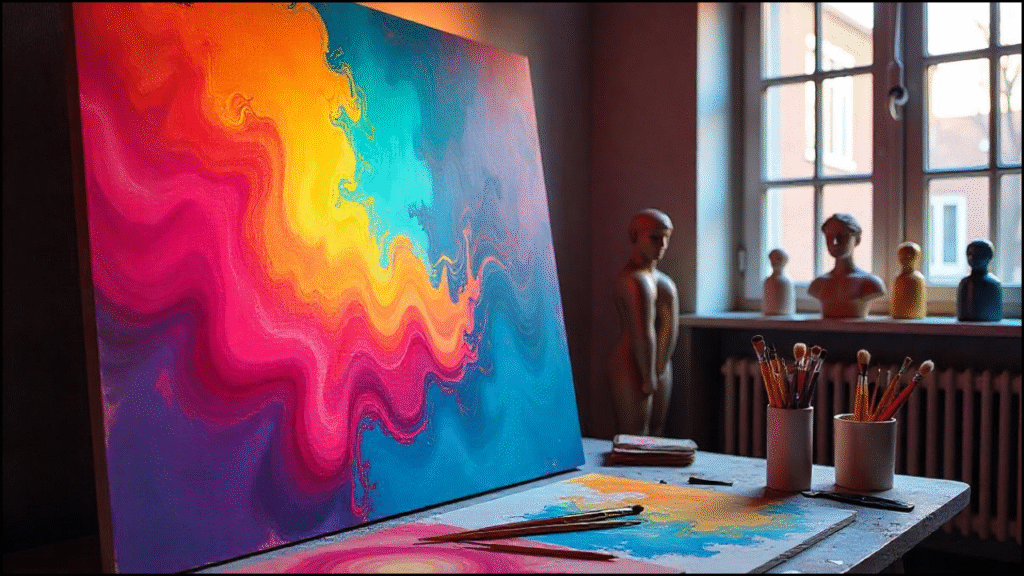
Art and technology form a unique partnership that reshapes how creativity is understood in the modern world. Artists today no longer depend only on traditional methods such as painting or sculpture but mix craft with digital tools to design entirely new experiences. This blending of craft and technology gives rise to works that are interactive, immersive, and meaningful in the digital age. Exploration of contemporary artists who integrate both aspects provides a clear picture of how innovation in art continues to evolve.
Table of Contents
Why Craft and Technology Belong Together
- Craft emphasizes tradition, handwork, and material skills.
- Technology provides digital tools, software, and devices that expand possibilities.
- A combination of both results in art that respects tradition while looking forward.
- Viewers experience works in fresh ways through interaction, immersion, or participation.
Key Features of Artists Who Blend Craft and Technology
- Use of traditional craft techniques such as weaving, embroidery, or woodwork alongside modern technologies.
- Integration of digital media, artificial intelligence, robotics, or virtual reality into artistic practice.
- Strong focus on audience participation and engagement.
- Desire to address contemporary issues like identity, environment, or technology’s impact on society.
Artist Profiles
1. Refik Anadol
- Turkish-American media artist and designer.
- Known for “data paintings” and immersive installations.
- Uses artificial intelligence and machine learning to transform data into visuals.
- Projects are displayed on large architectural surfaces and digital screens.
2. Janet Echelman
- American artist creating monumental sculptures.
- Combines traditional net-weaving techniques with modern engineering.
- Works suspended in urban spaces, responding to wind and light.
- Uses computer modeling to design installations that shift with weather conditions.
3. Sougwen Chung
- Canadian-Chinese artist working with robotics.
- Known for collaborating with robotic arms in drawing and painting.
- Explores relationships between human creativity and machine assistance.
- Blends calligraphy traditions with AI-driven movements.
4. Olafur Eliasson
- Danish-Icelandic artist famous for interactive installations.
- Uses natural elements like light, fog, and water.
- Employs advanced projection, sensors, and 3D modeling to transform spaces.
- Works often focus on environmental issues.
5. Neri Oxman
- Designer, architect, and professor at MIT Media Lab.
- Blends biology, digital fabrication, and materials science.
- Creates structures that mimic natural growth patterns.
- Projects bridge art, architecture, and science.
6. Chiharu Shiota
- Japanese installation artist.
- Famous for thread-based installations filling entire rooms.
- Uses the traditional craft of weaving combined with lighting and digital projections.
- Work explores memory, absence, and connection.
7. Ai Weiwei
- Chinese contemporary artist and activist.
- Uses traditional Chinese crafts such as porcelain with modern political commentary.
- Incorporates digital platforms to share ideas globally.
- Works highlight freedom, censorship, and human rights.
8. Manfred Mohr
- German digital art pioneer.
- Started using algorithms in the 1960s to create visual patterns.
- Creates works based on computer-generated systems.
- Combines mathematics, craft, and aesthetics.
9. Zarah Hussain
- British-Pakistani artist working with Islamic geometry.
- Combines traditional pattern-making with digital animations.
- Creates both hand-painted and projection-based works.
- Explores spiritual connections through mathematics and light.
10. Daniel Rozin
- Israeli-American artist and professor.
- Creates interactive mirrors using mechanical and digital technologies.
- Works respond to viewer movement in real-time.
- Combines the craft of sculpture with sensors, motors, and coding.
Artists and Their Craft-Technology Blend
| Artist | Craft Element | Technological Element | Unique Contribution |
|---|---|---|---|
| Refik Anadol | Visual storytelling | AI, data processing, projection mapping | Turns data into immersive art |
| Janet Echelman | Net weaving, textile craft | Computer modeling, engineering | Creates large floating city sculptures |
| Sougwen Chung | Calligraphy, drawing traditions | Robotics, AI collaboration | Blends human and machine creativity |
| Olafur Eliasson | Natural materials | Sensors, 3D modeling, projections | Creates environmental installations |
| Neri Oxman | Craft of material design | Digital fabrication, biology, science | Designs nature-inspired structures |
| Chiharu Shiota | Thread weaving | Lighting, digital integration | Immersive spaces exploring memory |
| Ai Weiwei | Porcelain, carpentry | Digital media, activism | Merges tradition with global politics |
| Manfred Mohr | Abstract art traditions | Algorithms, coding | Algorithmic aesthetics since the 1960s |
| Zarah Hussain | Islamic geometry | Animation, projection mapping | Spiritual digital art from traditions |
| Daniel Rozin | Sculpture | Sensors, motors, software | Interactive mirrors reacting to viewers |
How These Artists Influence the Future of Art
- Refik Anadol inspires new ways of using AI as a creative partner.
- Janet Echelman demonstrates how urban spaces can be transformed with craft and engineering.
- Sougwen Chung questions the balance between human originality and machine input.
- Olafur Eliasson encourages audiences to reflect on climate change through immersive design.
- Neri Oxman blurs the lines between art, science, and sustainability.
- Chiharu Shiota engages emotions through immersive spatial experiences.
- Ai Weiwei uses craft and digital media as tools of resistance and awareness.
- Manfred Mohr shows how mathematics and algorithms can be poetic.
- Zarah Hussain brings cultural heritage into the digital age.
- Daniel Rozin builds bridges between physical craft and digital interactivity.
Broader Impact on Society
| Theme | Artists Involved | Impact |
|---|---|---|
| Environmental Awareness | Olafur Eliasson, Neri Oxman, Janet Echelman | Encourages sustainability through immersive works |
| Human-Machine Dialogue | Sougwen Chung, Refik Anadol, Daniel Rozin | Promotes rethinking of AI and robotics in art |
| Cultural Heritage | Ai Weiwei, Zarah Hussain, Chiharu Shiota | Preserves traditions while adapting them digitally |
| Mathematics & Logic | Manfred Mohr, Zarah Hussain | Demonstrates beauty in algorithms and geometry |
| Public Engagement | Eliasson, Echelman, Rozin | Brings art into urban and interactive spaces |
Challenges in Blending Craft with Technology
- High cost of digital tools and installation materials.
- Need for collaboration between artists, engineers, and scientists.
- Preservation issues, as digital works may require constant updates.
- Risk of overshadowing traditional craft with technology.
- Balancing originality while using pre-designed algorithms or AI.
Key Takeaways
Art in the twenty-first century grows stronger through the union of craft and technology. Artists who mix hand skills with digital tools prove that tradition and innovation are not opposites but companions. Their works reflect pressing social themes, cultural identity, and new creative visions. This blending ensures that art remains relevant, powerful, and capable of shaping human experiences in both physical and digital worlds.

